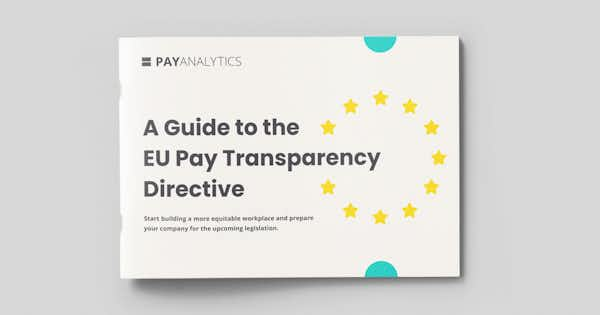Guida alla certificazione della parità di genere in Italia | Scarica il nostro e-book gratuito

Israel — Gender pay gap reporting
This page describes Israel’s legal requirements for pay equity reporting. Subjects include: which organizations are subject to requirements, the necessary deliverables, how to begin, and how PayAnalytics can help companies meet the requirements.
Resource: Local reporting requirements in Israel
Israel has had equal pay laws since 1996. But their enforcement has been limited. To strengthen pay equity action among employers, a recent amendment to the law adds a reporting requirement. This new requirement increases transparency and helps clarify pay structures for companies and workers. The goal is to motivate companies to earn a reputation for good pay equity that will help them recruit and retain employees.
The new pay gap reporting requirement applies to all private employers, public entities, trading companies, and NGOs with over 518 employees. Each organization is required to generate three different reports: an internal report, a personal report per employee, and a public report. They should be submitted annually. The first report, based on 2021 pay data, was due on June 1, 2022.
Requirements
The three reports contain similar information but are geared towards different audiences. In general, the information should be segmented per type of employees, positions, and rankings.
The internal report is the most detailed, containing:
The average salary of each group
The average pay gap between men and women within each group
The rate of employees with compensation lower than average for a full-time worker in the group, segmented by gender
The personal report per employee includes what group each employee belongs to and what the pay gap is within that group. Essentially, each employee will see their group definition and the associated pay gap.
The public report should show two things:
The pay gaps per group
The rate of employees with compensation lower than the average for a full-time worker in the group, segmented by gender
Essentially, this report contains anonymized data from the internal report. It often also contains some discussion or elaboration of the organization’s pay equity situation.
In just a few clicks, PayAnalytics users can generate a complete 3-in-1 Excel report meeting Israel’s reporting requirements. This report only requires the following employee-level data:
- Gender
- Compensation
- Indicator of full-time or part-time. This should be given on a 0-1 scale with 0 = no time and 1 = full time.
- Segmentation by position and ranking
What happens next
Since each report is actually three reports, there are three actions required for successful completion.
- The organization’s management should keep the internal report on file. The state commission has the right to inspect this report upon request. This is essentially the complete Excel report, possibly with some written explanations for identified differences.
- On its own initiative, the employer should deliver the personal report per employee to all employees.
- The public report should be made available to the general public. Usually this means posting it on the organization’s website.
There are currently no fines associated with non-reporting. However, the new law increases the national standards for pay transparency. Companies that do not report may therefore find themselves facing PR issues. They may also fall behind when it comes to recruiting and retaining quality employees.
Further support in PayAnalytics
PayAnalytics streamlines reporting for companies in Israel, generating the entire three-part report. Users can also use PayAnalytics’ features to build on this basic reporting and make a deeper commitment to pay equity and transparency.
- Pay equity analyses: This tool not only measures the adjusted pay gap but also provides suggestions (specific raises for specific employees) on how to close it.
- Compensation Assistant: Once the pay gap is closed, this tool helps ensure that it does not come creeping back through promotion or new hire decisions.
- Drill-down capabilities: Insight into specific groups of employees, like part-time or temporary workers, helps employers get a better understanding of their pay structure.
For more information about how PayAnalytics can help your organization meet Israel’s reporting requirements, please contact us and/or request a demo.
Si prega di notare che sebbene queste informazioni sulle risorse locali siano state raccolte dagli esperti legali e di equità retributiva di PayAnalytics, esse non costituiscono consulenza legale.





